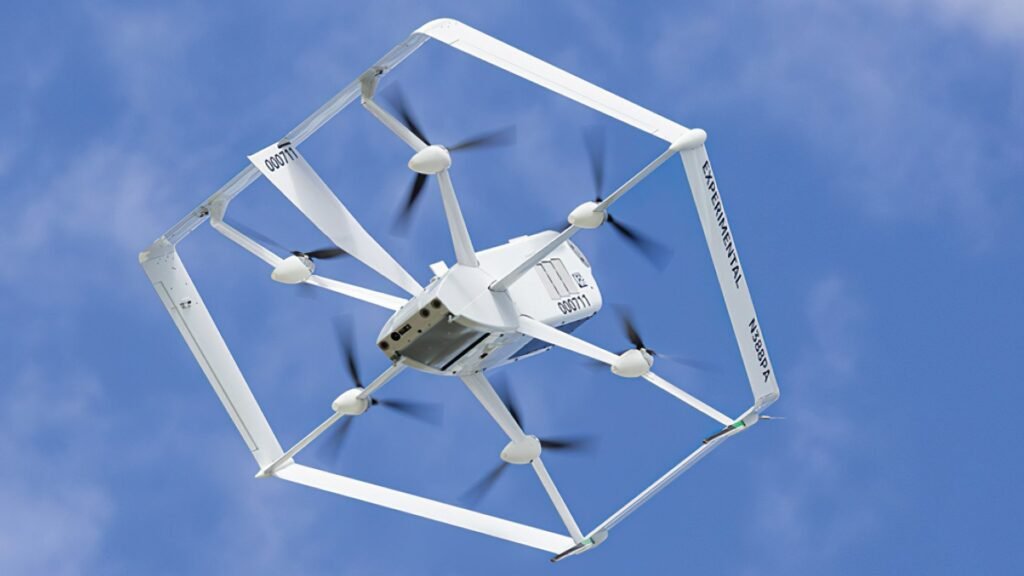Amazon delivery drones are ready to take off in Texas later this year

Amazon is preparing to launch drone parcel delivery in a second US city. After confirming that the drones will be used in Lockeford, California, the company has now announced the launch at College Station, Texas. This is according to media reports (via CNBC).
Amazon has been working on drone deliveries for a decade. This year the project will start at two locations. Amazon chose College Station in Texas as its second location. The city has more than 115,000 inhabitants and a university with more than 45,000 students. Amazon explained, that the drones will be launched in College Station later this year in partnership with Texas A&M University. The company has not yet given an exact date.
Amazon customers can then have thousands of daily items delivered by drone for free. According to Amazon, drones can deliver packages weighing up to five pounds in less than an hour. Prime Air drones can fly at speeds of up to 80 kilometers per hour and to a height of 122 meters. After an order is placed, the drones fly from a new delivery location to their delivery location, sink into the customer’s backyard, and hover at a safe height.
Read This: Google Launches World’s first Drone Delivery Service in Australia
The device releases the pack, climbs back up, and returns to base. So far, Amazon’s drone delivery program has been slow since 2013. At that time, Amazon founder Jeff Bezos announced drone deliveries would begin in 2018. There was a lot of backlash and for a long time, it looked like the Prime drones would never materialize.
No more tasting
The actual permit to fly was subsequently granted in 2020. “College Station parcel delivery is not a trial operation,” Amazon said. “Instead, they are performed under an FAA-issued airline certificate, which allows for commercial deliveries and demonstrates that our extensive processes meet the strict safety requirements of the FAA.”
Digital marketing enthusiast and industry professional in Digital technologies, Technology News, Mobile phones, software, gadgets with vast experience in the tech industry, I have a keen interest in technology, News breaking.









